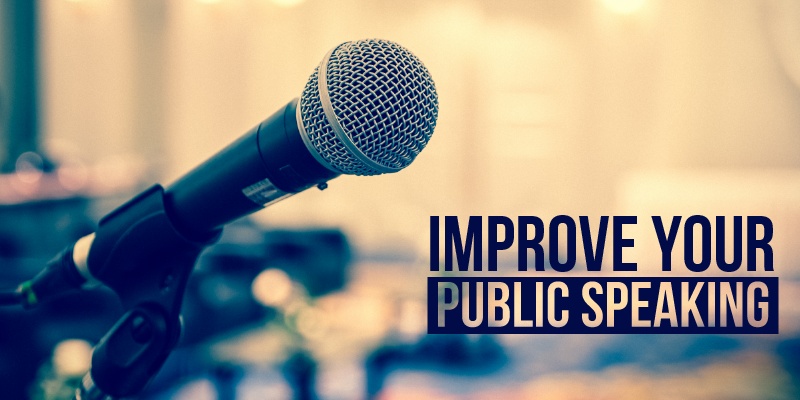 May 30, 2019
May 30, 2019
Steps to Effective Public Speaking – Vol. 2
By Mina Ayoub, Communications Executive at EFG Hermes.
Following a structured model will organize your delivery and help guide you with how to make your content connect with your audience. However, it’s not the only factor you’ll need to make an efficient and strong impact on your audience, you also need to put in the human factor, you need to put in some life into your talk. People react more positively when they feel what you’re saying, not just hear and understand it. Here are a few pointers to keep in mind during your talk that will help people not only stay focused, but remember you as they walk away from your talk:
- Avoid being monotonic.
Practice playing around with your tone. You don’t want to come off as robotic or just simply, boring. People’s attention span, especially in this day and age, has become increasingly short and you don’t want to lose them just because everything you say sounds the same. Know when to speak softly, when to speak with passion, when to be loud, strong or serious, when to speak slowly and when to speed up, etc…
- Mind your body language.
Body language has long been an art that can control the outcome of any interaction. When talking to people, your body speaks to the audience as much as your voice does. The difference is, it sends signals to the audience’s brains and registers certain reactions without the audience even realizing it. Use your hands to elaborate your points, move around, but don’t be too excessive to avoid distracting people from what you’re saying. There are a few simple things you can remember:
- Palms looking down imply dominance and assertion.
- Palms facing up are registered as welcoming and compassionate.
- Hands behind your back are registered as if you have something to hide.
- Hands in your pockets are registered as you simply don’t care.
- Facing your chest and feet towards someone will make them feel more directed to and pay more attention.
- Pace yourself.
It’s sometimes hard to avoid the all too common fillers like “uhh” and “umm”. Pace yourself, take short breaths and remember to pause. Fillers arise when the brain knows that you are supposed to say something in a specific moment but not exactly sure what to say, so you find yourself letting out noise because you didn’t have time to figure out what the word or statement you want to say is. By talking at a managed pace, not too slow and not too fast, you allow yourself time to stop and take a quick breath while you figure out exactly what it is you want to say.
- Interaction.
Interacting with the audience helps you build a stronger connection with them. It makes them feel like they could be “tagged” at any moment and compels them to stay focused and listen to what you’re saying. It also creates a more engaging and warm environment which helps the audience feel like they actually want to be there, and that they matter.
- Acting.
Last but not least, acting out what you’re saying is a good idea. People need to feel that you believe what you’re saying. It also helps you seem like you know what you’re talking about. This is aptly obvious with facial expressions, so make sure that your facial expressions go well with what you’re saying. Match your expressions with the contents of your speech and always plan when to look serious, when to smile, when to express surprise, and to show compassion. Just like body language and tonality, your eyes and facial reactions register impulses in the audience’s brains without them even realizing it.
It goes without saying that this doesn’t happen overnight. Practice makes perfect. The more you practice, the easier it gets and the more natural you’ll feel while speaking to any group of people no matter the context. Communication and public speaking is as much an art for expression as anything, but also an acquired skill that you can gain by practicing.
